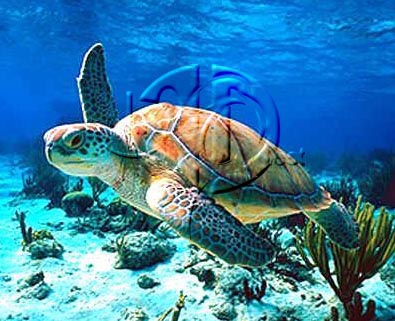
Testudines, or turtles and tortoises, have been called a variety of names over the years. Other family names include Chelonia, Chelonii, and Testudinata. Testudines are roughly 215 million years old, making them one of the earliest reptile groups, older than both snakes and lizards.
There are several distinct autapomorphies, or characteristics that distinguish a species from another, that all testudines share:
- The most easily recognized is a hard, bony shell that encloses both limb girdles. The shell is composed of both specialized vertebrae and ribs. The top of the shell is called the carapace and the bottom of the shell is called the plastron.
- A lack of teeth
- Hip and shoulder bones are located inside the rib cage, since it makes up the shell
No comments:
Post a Comment